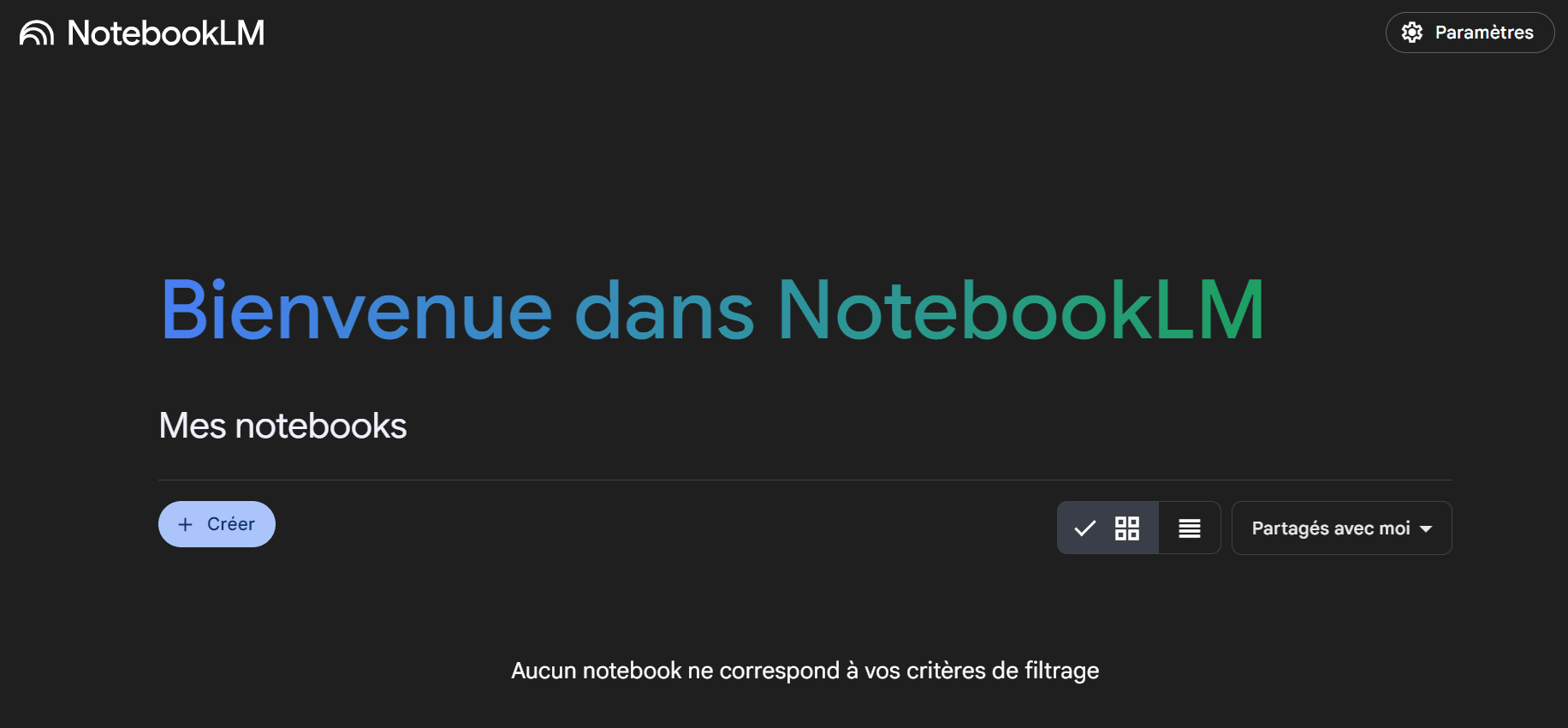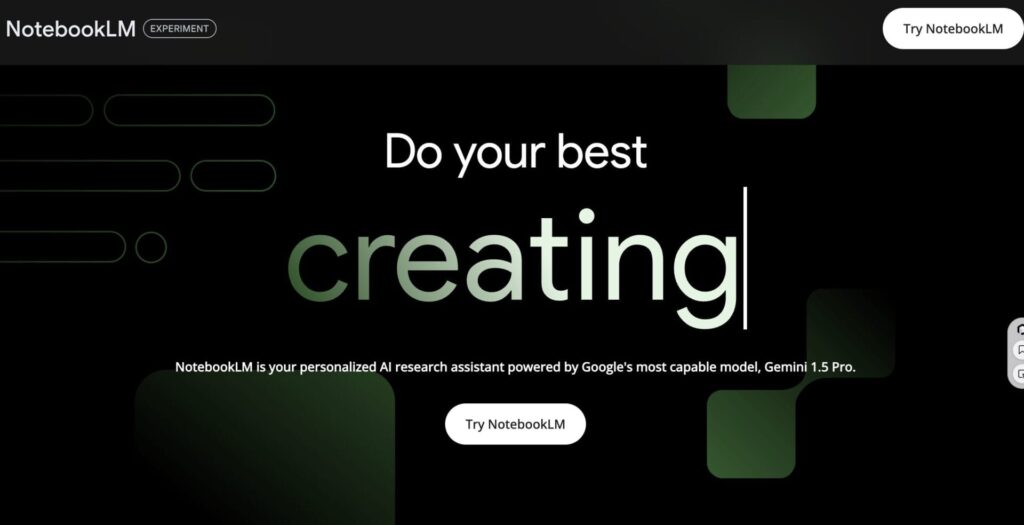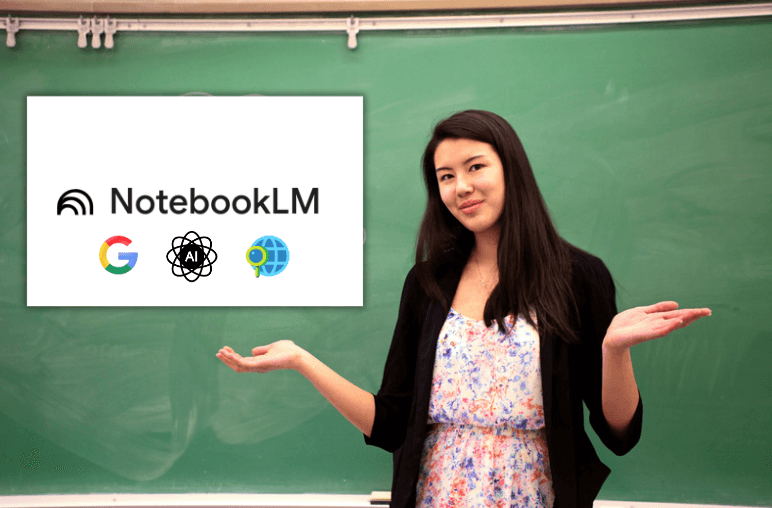AI Revolution: The New Video, 3D, and Voice Tools That Will Change the Game in 2025!
Artificial intelligence never sleeps, and the video of AI Search of April 27, 2025 (see here) proves it with an avalanche of innovations. Entitled “Infinite AI video, best 3D model generator, realtime voices, 3D heads, expressive text-to-speech”, this video explores revolutionary AI tools: open-source video generators, ultra-realistic 3D models, expressive real-time voices, and much more. Sponsored by VideoHunt.AI, it reveals how these technologies are redefining content creation. In this article, we translate and summarize the highlights of the video, with all the links mentioned, to help you dive into these advancements. Bonus: a link to Vision AI videos to deepen your exploration of AI!

AI Search Video Nuggets
Here are the tools and innovations presented in the video, translated and explained for you:
1. LiveCC: Real-time commentary like a pro (showlab.github.io/livecc)
LiveCC is an AI that generates real-time commentary for videos, like a sports commentator. It can analyze a sports video (e.g., an NBA game) or a tutorial (e.g., fixing a computer) and produce an accurate narration. While the voice still lacks dynamism, it is ultra-accurate. Trained on videos with transcripts, LiveCC is open-source, with models and code available on HuggingFace.
Example : For a basketball game, LiveCC describes the players, actions, and live scores, such as: “Thompson scores, Rockets lead by two!”
Trick : Plug in a more expressive voice to replace traditional commentators!
2. ReflectionFlow: AI Images Fine-Tuned to Perfection
(diffusion-cot.github.io/reflection2perfection)
ReflectionFlow is a plugin for Flux.1 Dev, which improves the accuracy of AI-generated images. It iterates multiple times to correct errors compared to the text prompt.
Example : For "a large cubic ambulance near a small round cushion", the initial image is unclear. ReflectionFlow adjusts until it gets a large ambulance and a perfectly round cushion.
Trick : Ideal for complex prompts. The code is available at GitHub.

3. Hunyuan 3D-2.5: The best 3D generator (3d.hunyuan.tencent.com)
Developed by Tencent, Hunyuan 3D-2.5 is the most impressive 3D model generator to date. Accessible via an online platform, it transforms a 2D image into a detailed 3D model, capturing complex textures (e.g., anime dress). It even generates a character's back without reference!
Example : A picture of an anime girl results in a 3D model with precise details, like the folds of her dress, and customizable PBR textures.
Trick : Register with an email at 3d.hunyuan.tencent.comThe model is not yet open-source, but previous versions were, so stay tuned!


4. Uni3C: Camera and character control in video (ewrfcas.github.io/Uni3C)
Uni3C allows you to generate videos by controlling the movements of the camera and characters. Based on Alibaba Juan, it converts an image into a 3D scene and applies camera paths or movements from a reference video.
Example : An image of a character becomes a video where the camera orbits 360°, or the character dances following a reference video.
Trick : The code will soon be open-sourced on GitHub. Try it for cinematic videos!
5. Xpeng Iron: A humanoid robot for industry
Presented at Auto Shanghai 2025, the robot Iron Xpeng Motors' 1.78m (5'10") electric vehicle assists in auto factories, sorting parts and assembling electric vehicles. Powered by the Touring AI chip, it will be mass-produced starting in 2026 for approximately 150,000 $s.
Example : Iron walks like a human and performs autonomous tasks on production lines.
Trick : Proof that AI is integrating into the automotive industry, like Tesla with Optimus.
6. Magi-1: Open-source cinematic video (github.com/SandAI-org/Magi-1)
Magi-1, from Sand AI, is an open-source video generator using an autoregressive architecture (like GPT-4o). It excels at realistic scenes and natural motion, up to 1440p.
Example : A woman playing the violin with precise vibratos, or a giant blinking eye in a city.
Trick : Test it on sand.ai or locally with an RTX 4090. Available under Apache 2 license.
7. SkyReels V2: Open-Source Infinite Videos (github.com/SkyworkAI/SkyReels-V2)
SkyReels V2 is another open-source video generator, capable of producing long videos (up to 30 seconds) or even infinite videos with the “diffusion forcing” model. It offers improved consistency compared to version 1.
Example : A sea turtle swimming with realistic details, or a swan on the water with perfect ripples.
Trick : Requires 15GB of VRAM for the 1.3 billion parameter model. Available on GitHub.

8. Dia TTS: Ultra-realistic voices (github.com/nari-labs/dia)
Dia 1.6B, from Nari Labs, is a text-to-speech (TTS) generator with 1.6 billion parameters. It produces natural-sounding dialogue, handling laughter, coughs, and emotional inflections. It can clone a voice from a short audio clip.
Example : A dialogue between two AI voices: “Hey, how are you? – Great, nice to talk to you!” with authentic intonations.
Trick : Test it on HuggingFace. Requires a CUDA GPU with 10GB of VRAM, licensed under Apache 2.
9. Wan: Free Unlimited Videos (wan.video)
Alibaba Juan, the best open-source video generator, now offers unlimited free generations in “relax” mode on its online platform. Ideal for those without a powerful GPU.
Example : Prompt: “Puppies learning to be chefs.” Result: A realistic video of puppies wearing aprons in a kitchen.
Trick : Access to wan.video, select “relax mode” for free, but slower videos.
10. AnimPortrait3D: Animated 3D Heads (onethousandwu.com/animportrait3d.github.io)
AnimPortrait3D Generates 3D heads from text prompts, ideal for animating with a lip-syncing tool.
Example : Prompt: “Woman with white hair, dark skin, sleeveless top.” Result: A detailed 3D head, viewable from different angles.
Trick : Requires 24GB of VRAM. Code available on GitHub.
Connect with Vision AI
To deepen your understanding of AI, the videos of AI Vision are a perfect complement. Their analysis of Google Notebook LM (see here) shows how to turn sources into podcasts, a technique applicable to videos generated by SkyReels or Magi-1. In addition, their exploration of the white paper on prompt engineering (see here) explains how to optimize prompts for tools like ReflectionFlow or Dia TTS. These resources will help you master creative AI!
How to test these tools?
- LiveCC : Download the models on HuggingFace for real-time feedback.
- ReflectionFlow : Install the plugin via GitHub for Flux.1 Dev.
- Hunyuan 3D-2.5 : Create an account on 3d.hunyuan.tencent.com for 3D models.
- Uni3C : Wait for the open-source release on GitHub.
- Magi-1 and SkyReels V2 : Test on sand.ai Or GitHub with a suitable GPU.
- Dia TTS : Try on HuggingFace for realistic voices.
- Wan : Generate free videos on wan.video in relax mode.
- AnimPortrait3D : Install via GitHub for 3D heads.
Trick : Check VRAM requirements (10-51 GB depending on the tools) or use online platforms to bypass hardware requirements.

In conclusion
AI Search Video is a treasure trove for discovering the latest advancements in AI, from infinite videos to ultra-realistic 3D models and expressive voices. Whether you're a creator, developer, or enthusiast, these free, open-source tools open up endless possibilities. Watch the video (here) for a detailed dive, and explore the links provided to test these technologies. To go deeper, Vision AI videos on Notebook LM And Prompt Engineering will guide you in optimizing these tools.
Which AI tool intrigues you the most? Share your ideas in the comments!
